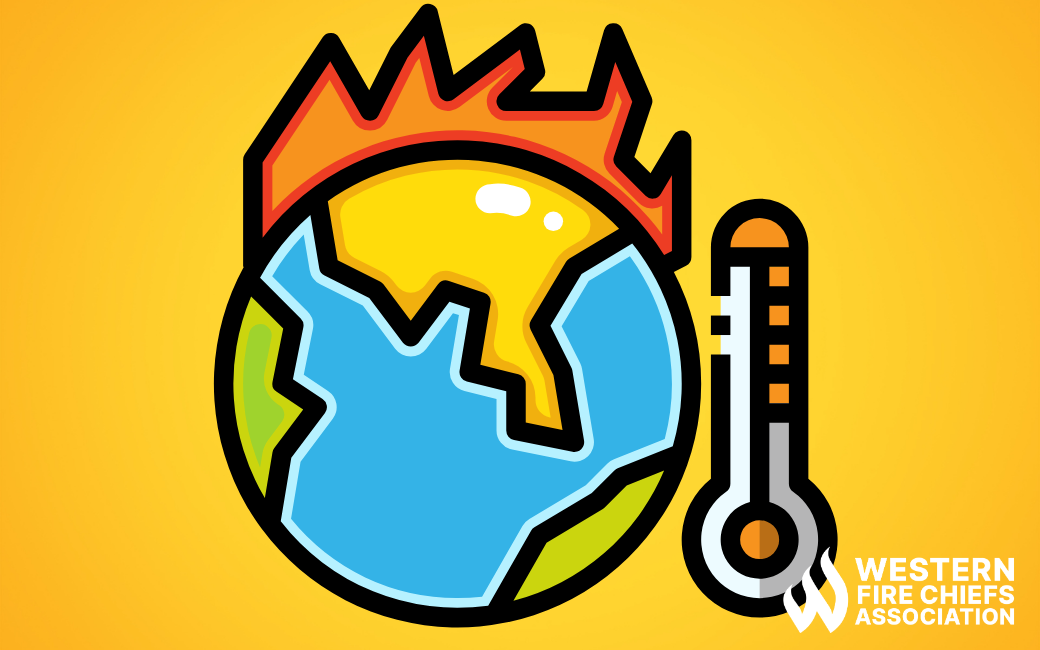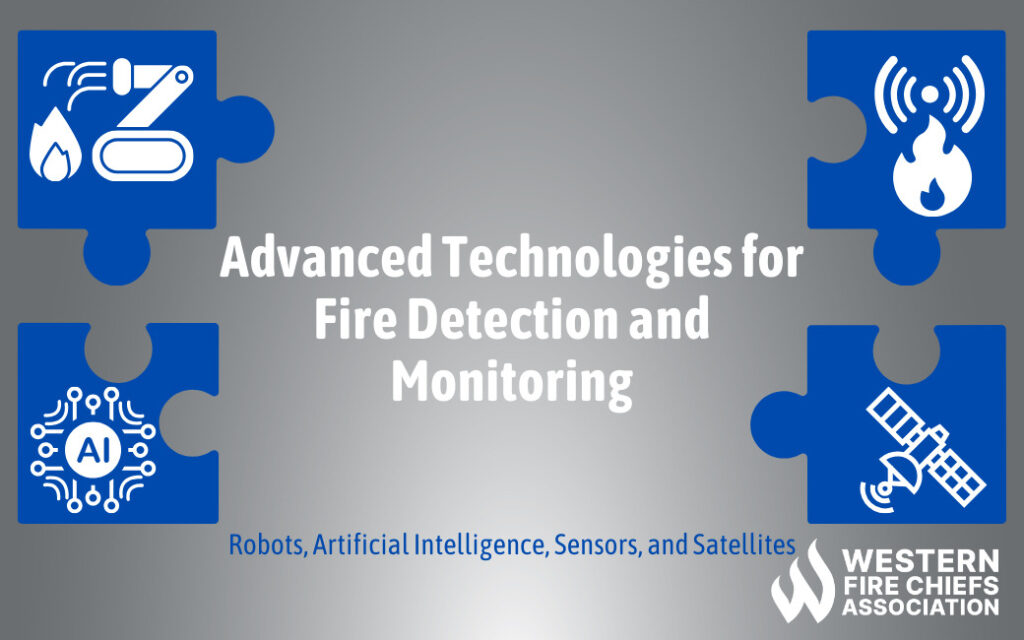Fire Pit Safety Tips
Stay safe around the campfire with tips from the Western Fire Chiefs Association. Learn essential precautions and practices for a worry-free outdoor campfire.
Wildfires are becoming increasingly common. Delve into the future of wildfire trends, challenges, and innovative solutions for fire management with guidance from the WFCA.
Published:October 17, 2023
Edited:April 24, 2024

Wildfires are becoming increasingly common. Delve into the future of wildfires, the trends, challenges, and innovative solutions for fire management with guidance from the WFCA.
Climate change is having a significant impact on the future of wildfires, leading to more frequent and intense fire incidents. Recent data and trends indicate a worrisome increase in wildfire frequency expected over the next century. To address this challenge, the fire service is harnessing advanced technologies like artificial intelligence and drones to enhance firefighting capabilities. The development of eco-friendly strategies is also in the works to ensure a sustainable future.
The average wildfire season in the western United States has extended by three months compared to previous years, and this trend is anticipated to continue and further lengthen due to the effects of climate change, consequently increasing the risk of wildfires.1 The climate crisis we are facing today is caused by decades of excessive fossil fuel burning. When we use fossil fuels for energy, it releases greenhouse gases that trap heat in the atmosphere, creating a steady warming effect.9 Hotter and drier conditions that are seen in the western states create droughts in these fire prone areas. In California, five of the ten largest wildfires recorded in the last 20 years occurred in the year 2020 alone.2
Climate change and land-use change are expected to contribute to an increase in the frequency and intensity of wildfires. Recent data on fire and trends suggests that global extreme fire incidents could rise by up to 14% by the year 2030, 30% by 2050, and 50% by the end of the century.4 This presents significant challenges, as wildfires can be intensified by factors such as droughts, elevated temperatures, and strong winds resulting from climate change.
Climate change and wildfires are interconnected because the conditions resulting from climate change are exacerbating wildfires, and in turn, wildfires are contributing to the worsening of climate change by releasing more carbon into the atmosphere. The ongoing discussions at the UN Environment Assembly in Nairobi are addressing this issue. The effects of wildfires extend beyond the environment, impacting ecosystems, wildlife, and human communities.4

Modern technology aids in early detection and improved response time to help mitigate the risk of wildfires. The Cal Fire department is utilizing artificial intelligence to detect visual signs of wildfires.8 Robots are increasingly utilized in firefighting operations due to their unique capabilities. They can navigate hazardous environments, carry heavy equipment, and use advanced sensors to detect and suppress fires.5
Additionally, the Internet of Things (IoT) is revolutionizing wildfire management by enabling the seamless integration of sensors and devices, allowing for real-time data collection and analysis.6 Satellites also play a crucial role in monitoring wildfires by providing valuable information on fire location, size, and behavior.7 These technologies work together to enhance firefighting efforts and improve overall fire management strategies.
Experts are working on improving the future of firefighting to prevent further damage caused by wildire to the world we live in. One eco-friendly method that has emerged involves replacing the harmful chemicals commonly found in foams used to suppress fires. Perfluoroalkyl substances (PFAS) can cause adverse health reactions in humans and in wildlife.3
As the search for a substitute material with the same level effectiveness continues, other strategies are being developed to promote environmental mindfulness. Because fire stations are operational around the clock, fire department leaders are proactively pursuing initiatives to reduce their carbon footprint and set a good example in their respective communities. These initiatives include utilizing electric vehicles, solar energy adoption, improving building insulation, and various others measures.10
Stay safe around the campfire with tips from the Western Fire Chiefs Association. Learn essential precautions and practices for a worry-free outdoor campfire.
Discover essential firework safety tips to ensure a dazzling display without accidents. Learn how to celebrate responsibly with expert guidance from WFCA.
Explore the role of AI in wildfire prediction with guidance from the WFCA. Learn how advanced algorithms and data analytics enhance early detection and response.